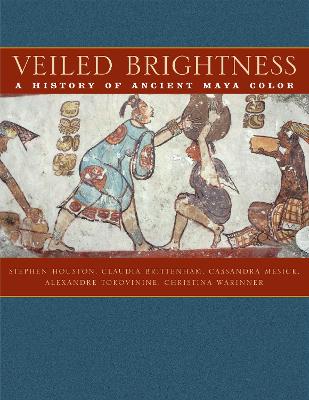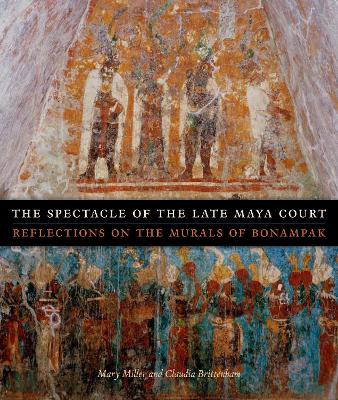The William and Bettye Nowlin Series in Art, History, and Culture of the Western Hemisphere
2 total works
Veiled Brightness
by Stephen Houston, Claudia Brittenham, Cassandra Mesick, Alexandre Tokovinine, and Christina Warinner
Color is an integral part of human experience, so common as to be overlooked or treated as unimportant. Yet color is both unavoidable and varied. Each culture classifies, understands, and uses it in different and often surprising ways, posing particular challenges to those who study color from long-ago times and places far distant. Veiled Brightness reconstructs what color meant to the ancient Maya, a set of linked peoples and societies who flourished in and around the Yucatan Peninsula of Mexico and Central America. By using insights from archaeology, linguistics, art history, and conservation, the book charts over two millennia of color use in a region celebrated for its aesthetic refinement and high degree of craftsmanship.
The authors open with a survey of approaches to color perception, looking at Aristotelian color theory, recent discoveries in neurophysiology, and anthropological research on color. Maya color terminology receives new attention here, clarifying not just basic color terms, but also the extensional or associated meanings that enriched ancient Maya perception of color. The materials and technologies of Maya color production are assembled in one place as never before, providing an invaluable reference for future research.
From these investigations, the authors demonstrate that Maya use of color changed over time, through a sequence of historical and artistic developments that drove the elaboration of new pigments and coloristic effects. These findings open fresh avenues for investigation of ancient Maya aesthetics and worldview and provide a model for how to study the meaning and making of color in other ancient civilizations.
Lavishly illustrated, this book assembles thorough documentation of the Bonampak mural program, from historical photographs of the paintings-some never before published-to new full-color reconstructions by artist Heather Hurst, recipient of a MacArthur award, and Leonard Ashby. The book also includes a catalog of photographs, infrared images, and line drawings of the murals, as well as images of all the glyphic texts, which are published in their entirety for the first time. Written in an engaging style that invites both specialists and general readers alike, this book will stand as the definitive presentation of the paintings for years to come.

